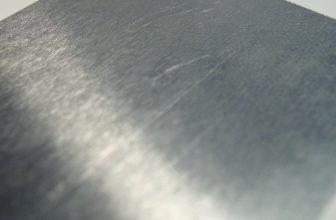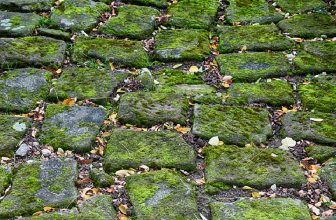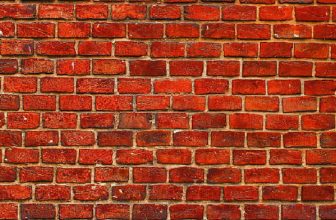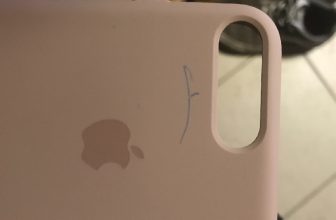How to Clean Plaster Dust Off Wood Floors
It’s not uncommon for an old home to have plaster dust on the wood flooring. This can be a real pain to clean up, but there are some easy ways to do it without too much frustration or time spent. In this blog post, we are going to discuss how to clean plaster dust off wood floors.
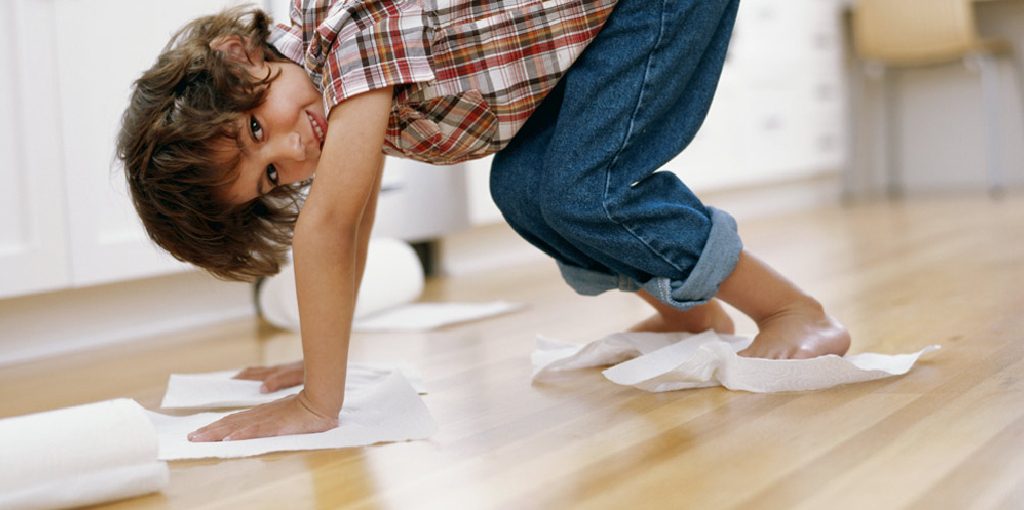
The first thing you should try is just wiping off the dust with your hand and then vacuuming it up. This won’t get all of the dirt off, but it will take care of enough so that you don’t need to scrub at them (which could damage them). If this doesn’t work, mix 1/2 cup white vinegar in a bucket of warm water and wipe down the floors with this mixture using a sponge mop. Read on to learn more information!
What is Plaster Dust?
Plaster dust is created when old plaster walls or ceilings begin to crack and crumble. As the plaster starts to deteriorate, small particles of dust are released into the air. These particles then settle on nearby surfaces, such as wood floors, leaving a layer of fine dust that can be difficult to clean.
You may also encounter plaster dust on wood floors if you have recently had a renovation or construction project done in your home. If the walls or ceilings are sanded down, this can create plaster dust that can travel and settle on other surfaces.
Why is it Important to Clean Plaster Dust off Wood Floors?

If left sitting on wood floors for too long, plaster dust can cause damage. The dust particles can scratch and dull the finish, making your floors look worn and aged. Additionally, if the dust is not cleaned up, it can be tracked around your home and end up settling in other areas, making cleaning even more difficult.
Moreover, plaster dust can also trigger allergies or respiratory issues for those who are sensitive to it. This makes it important to clean up as soon as possible to prevent any potential health issues. It’s best to regularly clean and maintain your floors to avoid any buildup of dust, especially if you have plaster walls or ceilings in your home.
It’s also important to note that if the plaster dust on your wood floors is due to a renovation or construction project, it’s best to clean it up before it has a chance to settle and become embedded in the finish of your floors.
Needed Materials:
Vacuum Cleaner With Soft Bristle Attachment:
A vacuum cleaner with a soft bristle attachment is the best way to remove any loose plaster dust from your wood floors. Avoid using a regular broom as this can cause scratches on the surface of the wood.
Sponge Mop:
For a deeper clean, a sponge mop is the most effective tool to use. It will help to absorb any remaining dust and dirt while gently cleaning the surface of the wood floors.
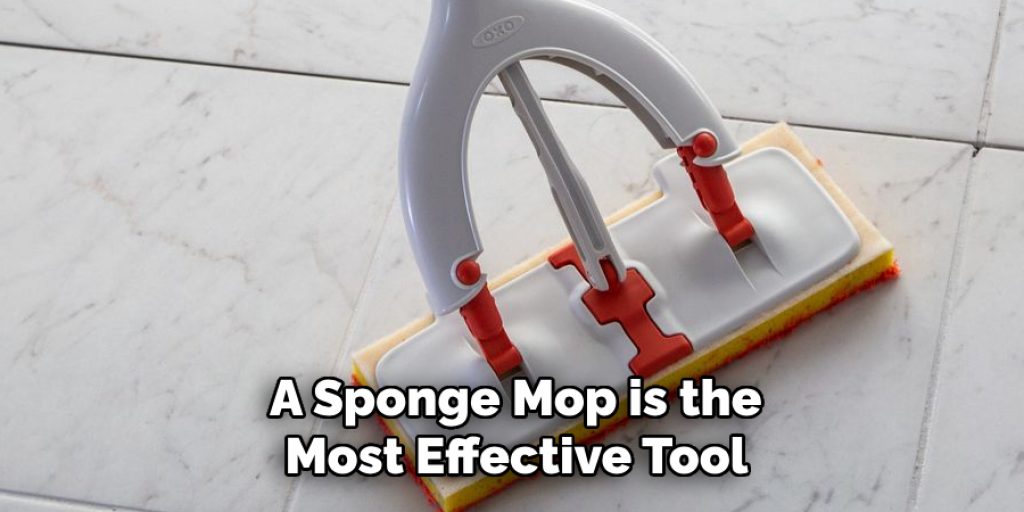
White Vinegar:
White vinegar is a natural and effective cleaner that can help to remove any stubborn plaster dust. It’s also safe to use on most types of wood flooring.
Warm Water:
Warm water is needed to mix with the white vinegar for cleaning your wood floors. Avoid using hot water as this can cause damage to the wood.
Microfiber Cloths:
Microfiber cloths are great for polishing and buffing your floors after they have been cleaned. They won’t leave any lint or residue behind, making them perfect for use on wood floors.
10 Ways How to Clean Plaster Dust Off Wood Floors:
1. Wet and Soak the Dust with Water
This is the most obvious thing to do, but it works well. Plaster can be very quickly wet by water because of its powdery material. Also, plaster dust is irritating, and if you inhale it, it may cause respiratory problems or allergies. If you see a lot of dust accumulated on a wooden floor, wet them with clean water.
You will see that the water mixes up with the plaster dust and creates a thin layer of semi-liquid substance. This makes it easier to clean the dust off without spreading it around. It also prevents the dust from becoming airborne and causing any health issues.
2. Use a Mop
Using a mop can be another way of cleaning plaster from the wood floors. If you have noticed that too much dust is accumulating, use a mop to wipe out some dust before mopping the entire floor with an appropriate cleaner. The mop will get the excess dust and keep your floor cleaner.
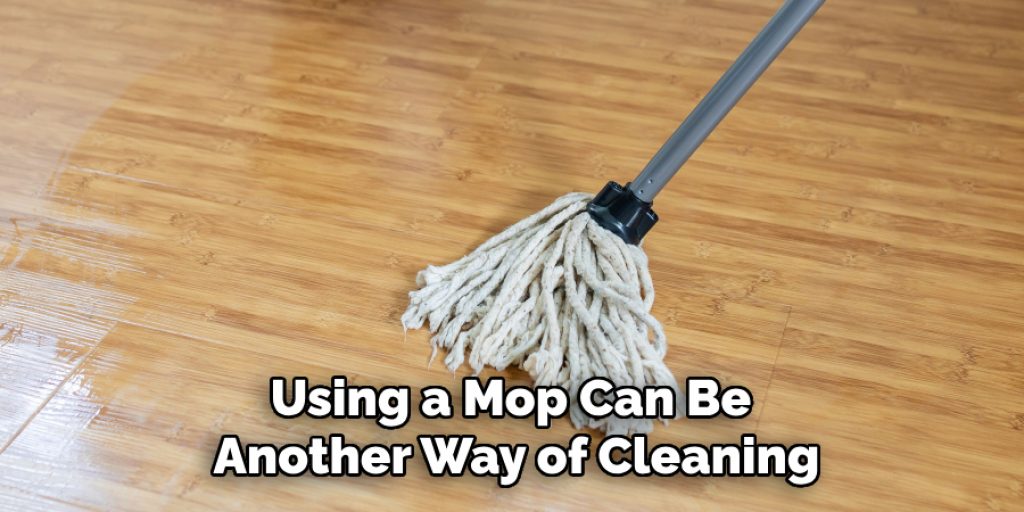
However, it may not be the best solution if there is too much dust. When you sweep with a mop, these act like a broom and keep the dust moving from one place to another. You need to use some water with the mop before mopping the entire floor.
3. Clean with Dry Compressed Air
Using compressed air to clean the floor is another way that you can use it. It is similar to using a vacuum cleaner; it will suck up all the plaster in a matter of seconds or minutes. All you have to do is attach a pipe with a nozzle to the air compressor and turn it on. The vacuumed air will push the dust from all corners of the room, making it easier for you to gather them.
It is also possible to find compressed air cans that are designed for spot cleaning, making them more convenient for small areas.
4. Use a Vacuum Cleaner
Vacuum cleaners are more effective than compressed air in cleaning plaster dust off wood floors as they can remove dust from the floor quickly, unlike compressed air, which pushes out dirt instead of sucking them. It is best to use a vacuum cleaner with a soft brush roll as it can sweep off all unwanted dry particles on your wood floors without scratching or damaging the surfaces.
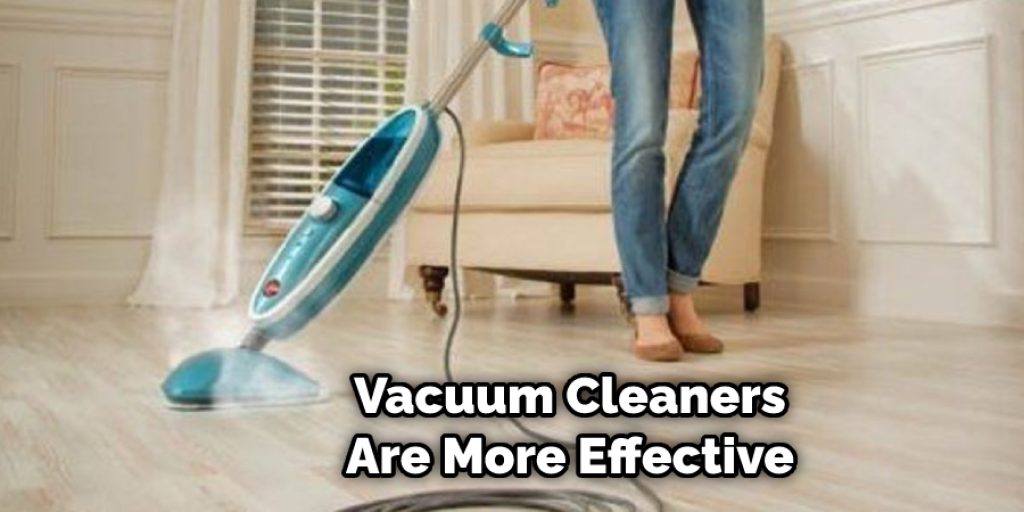
The vacuum cleaner should be lightweight, so you can move it around quickly and clean all hidden areas without much effort. It is also essential to use a soft brush attachment, as using a regular brush can scratch and damage the surface of your wood floors.
5. Wash Down the Floor with Water and Soap Solution
Another way to clean plaster dust from wood floors is to wash them with water and soap, or better yet, vinegar and water. This method requires you to put clean water in a bucket and mix it with mild detergent; you can also use white vinegar as an alternative to detergent because it can be anti-mildew. Vinegar has been known as a natural disinfectant and degreaser. Make sure to rinse it with clean water afterward so you can remove all soap residues on the floor.
Otherwise, the leftover soap film will trap footprints and dirt faster than usual. If you are using a vacuum cleaner after washing, make sure that the floor is completely dry before dusting it off.
6. Use a Rubber Broom
A rubber broom is also effective in removing plaster dust from wood floors by sweeping them with its unique bristles designed to sweep off small particles such as lampblack, sand particles, plaster dust, and other dirt. Just make sure to sweep the floor lightly with a rubber broom because it may scratch off the surface if pressed hard.
It is also best to use a rubber broom with telescopic handle, so you don’t have to bend over while cleaning. Some models have a squeegee on one side, making it easier and more convenient for you to clean up spills or messes.
7. Use a Steam Cleaner
Steam cleaners are suitable for removing dirt, mold, and mildew from hard surfaces such as floors. Steam cleaners are highly recommended to clean wood floors with plaster dust. All you have to do is attach a soft mop or sponge to your machine, then add water into the tank. After that, please turn it on and wait for a few minutes, then use the mop or sponge to remove all dirt and plaster dust from your wood floors.

You can also use a steam cleaner with a nozzle attachment to clean around the edges and corners of your wood floors. Once finished, make sure to dry off the floor with a mop or towel. It is an effective way to remove dirt and grime without the use of harsh chemicals, making it a safe option for families with children and pets.
8. Scrub the Dust with a Brush
Use a stiff brush to get rid of plaster dust from wood floors by scrubbing them gently. You can use a push broom to sweep off the floor to get rid of bigger particles and keep them from scattering, then follow it up with a hand brush so you can get rid of finer particles such as plaster dust. Just make sure to scrub it lightly so you won’t scratch the surface of your wood floors.
You can also use a soft-bristled brush to sweep off the dust in between hardwood flooring panels. It is important to note that you should only use gentle pressure when using a brush, and it is better to do it in one direction so you won’t spread the particles around.
9. Sweep Up the Dust First
To avoid spreading plaster dust all over the room, try sweeping or vacuuming them first before mopping the floor. This will help keep other objects in your room clean while cleaning up the dusty floors. It is also essential to sweep up the dust in one direction so that you can make sure that all dirt and particles are caught by your broom or vacuum.
After sweeping, collect all debris, then go over the floor with a vacuum cleaner to pick up any remaining plaster dust. You can also use a damp cloth or mop to pick up any dust that may have been left behind by the vacuum cleaner.
10. Let Them Dry Completely
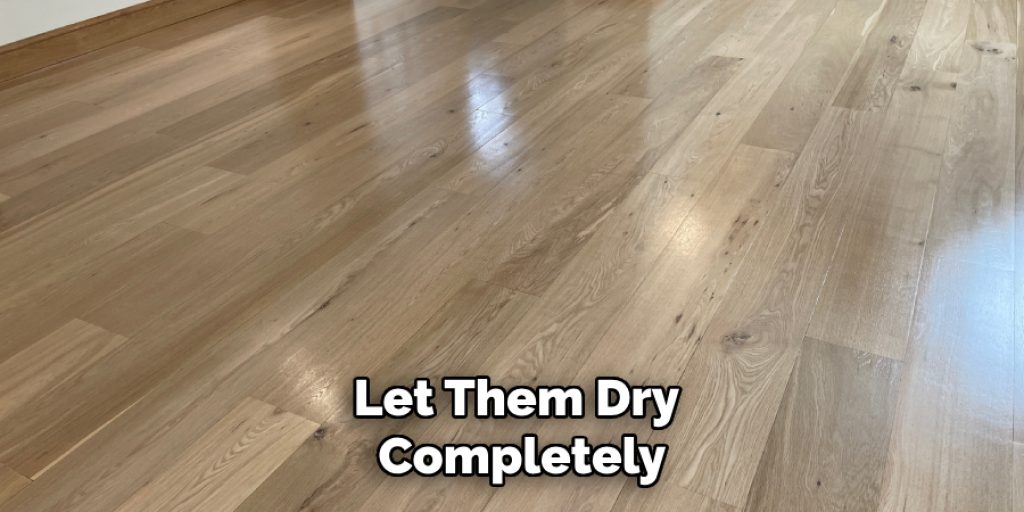
After cleaning your wood floors, let them dry completely before letting people walk on them again. Make sure to open windows and doors for ventilation so you can dry the floor fast. If there is a significant amount of plaster dust on your wooden floor, it will take hours or even days before they are dry. Keep them clean to prevent your floor from being slippery.
Following these tips will help you remove plaster dust from your wood floors effectively and safely. Remember to always take proper precautions when cleaning to avoid damaging your floors, and make sure to use the right tools for the job. With a little effort, your wood floors will be free from any unwanted dust and dirt, making them look clean and beautiful once again.
So, keep these tips in mind and keep your wood floors looking brand new! Happy cleaning!
Some Tips and Suggestions:
1. Coat the area to be cleaned with PVA Glue or Elmers Wood Glue, then let it dry and scrub off all loose dust.
2. Wipe the surface with water to rinse away any excess glue
3. Mix 1 part white vinegar to 5 parts water. Dip a clean cotton towel into the solution, wring out the excess, and then wipe down the floor to remove any remaining dust
4. Rinse the area with clean water, then wipe it dry
5. Apply floor polish to the damp surface, let dry and buff it out with a soft cloth or hard brush.
6. It is best to apply two coats of clear polyurethane varnish (or spray lacquer) over oil-finished floors but not on waxed surfaces.
- It is best not to use a floor cleaner if the floor has an oil finish; this will prevent damage to the floor and reduce future maintenance. Instead, use a damp mop.
- Never use a steam mop on hardwood floors as the heat and moisture can damage the wood surface.
- Avoid using abrasive cleaners or tools such as steel wool, scouring pads, or harsh chemicals on your wood floors as they can cause scratches and damage to the finish.
- Regularly dust and sweep/vacuum your wood floors to avoid dust buildup and keep them looking clean and shiny.
- Consider placing a doormat at the entrance of your home to trap dirt and debris from shoes, reducing the amount that gets tracked onto your wood floors.
- If you have pets, make sure to regularly trim their nails as they can cause scratches on your wood floors.
- Keep an eye out for any spills or messes and clean them up immediately to prevent any potential damage to your wood floors.
- Regularly buffing and reapplying wax or polish on your wood floors is recommended to maintain their shine and protect the surface from wear and tear.
By following these tips, you can keep your wood floors looking clean, shiny, and free from plaster dust for years to come. Remember, regular maintenance is key to preserving the beauty and longevity of your wood floors. So, don’t forget to give them some extra care and attention every once in a while! Happy cleaning!
Frequently Asked Questions:
Q1: Can I Use a Regular Broom to Sweep Off Plaster Dust From My Wood Floors?
A: Yes, you can use a regular broom to sweep off bigger particles of plaster dust, but it is recommended to follow up with a soft-bristled brush for finer particles. Using a push broom can also help in preventing the dust from scattering all over the room. You can also use a vacuum cleaner for more efficient cleaning.
Q2: What is the Best Way to Clean Wood Floors?
A: The best way to clean wood floors is by regularly dusting and sweeping or vacuuming them, followed by mopping with a damp cloth or mop. Avoid using harsh chemicals and abrasive tools as they can damage the wood surface and finish. It is also essential to let the floor dry completely before allowing people to walk on it again.
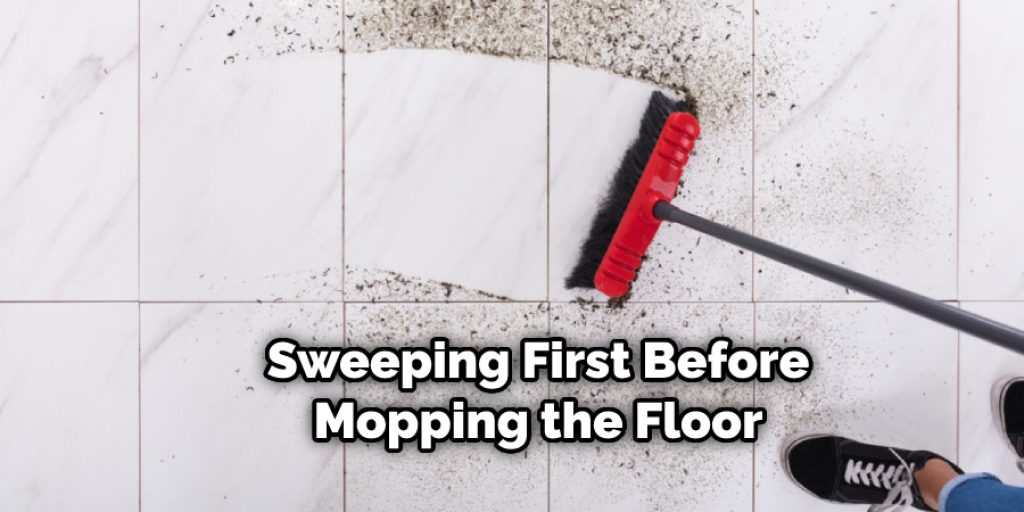
Q3: How Often Should I Clean My Wood Floors?
A: Dust and sweep/vacuum your wood floors at least once a week or whenever there is visible dust buildup. Mopping with a damp cloth or mop can be done every two weeks or as needed. Regular maintenance, such as buffing and reapplying wax or polish, should be done every few months to maintain the shine and protect the surface.
Conclusion:
If you want to clean your wood floors from plaster dust, start sweeping the floor to remove any dirt and debris. Next, cover a small section of the floor with a dampened rag or paper towel that has been wrung out, so it is not dripping wet. Then use another dry rag or paper towel to blot up as much of the dampness as possible without pushing over onto an adjacent area on the floor.
Continue wiping in sections until all areas have been wiped down. You can also try using Murphy Oil Soap to help break down residue left behind from dust particles while leaving a protective coating once dried! We hope this blog post on how to clean plaster dust off wood floors has been helpful. Let us know your thoughts in the comments below!
You may read also – How to Make Goofer Dust

